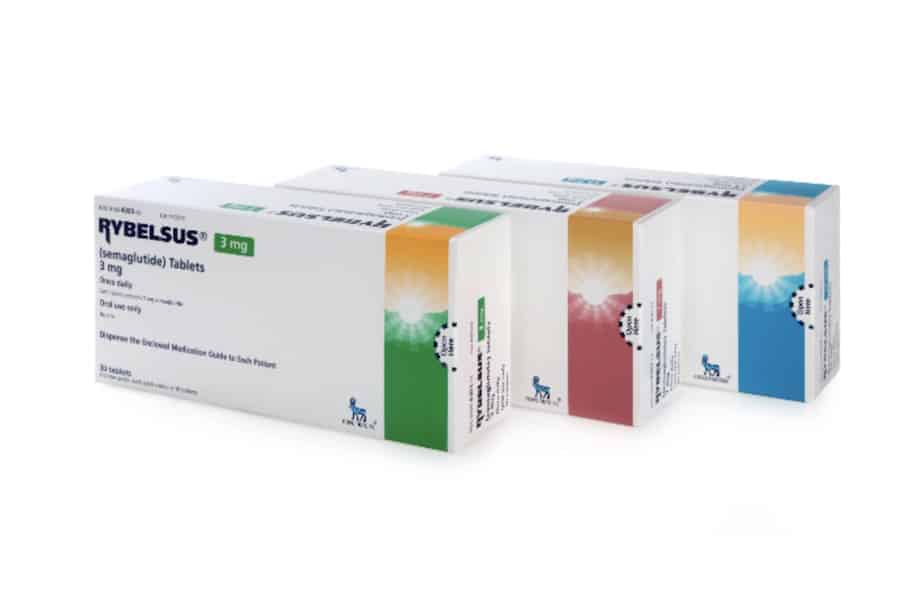
Did you happen to overlook the changes made to the Nutrition Facts Label amidst the COVID-19 crisis? If so, rest assured, the changes that were made were for the betterment of the consumer and their health. Some of the changes were substantial, so missing a few of them is to be expected. This post will detail some of the most important changes made to the label over last handful of years.
Perhaps the most significant change, and likely the most noticeable, are the changes made to the calorie count per serving for any product. The way these calories are calculated remains unchanged, however, the text that displays these calories has been adjusted. With a much larger font than previous iterations, the FDA hopes this change will encourage consumers to avoid foods that disregard their 2,000 daily recommended calories. These changes were coupled with a reconsideration of most products’ serving sizes. As these servings have always just been a suggestion, they’re now meant to display a more accurate breakdown of how consumers truly eat different food products. Not to say this is the healthiest choice, but more often than naught consumers were eating well over the suggested serving sizes. These values have been adjusted to show just how common overeating is when it comes to certain products.
Equally as important, but often overlooked, was the Calories from Fat section of the label. The FDA once thought this value was important in determining which foods were contributing to a poor diet. As it turns out, however, this wasn’t necessarily the case. In fact, what’s truly been determined as most impactful are the types of fat that make up any given food product. Now the label will display the total amount of saturated and trans fats in every food product’s label. In the spirit of contributing to healthy diets, the FDA also decided to include additional nutrient values into the label. Some nutrients such as vitamin D, potassium and others now have their own space on the label. Including these nutrients were for the sake of Americans who weren’t receiving enough of them on a daily basis.
One of the most telling changes comes in the form of the percentage of calories from added sugars. Added sugars are typically found in products that require longer processing and packaging stages to retain their freshness. However, these added sugars are known to be horrible to any healthy diet. The label will now display just how much added sugars are included and how that contributes to a product’s calorie totals. For younger consumers, who families with younger children, identifying which products are high in natural sugars versus processed added sugar can make a huge difference between a healthy diet and an unhealthy one. Remember, avoid consuming any more than 10% of your daily calories from added sugars for a healthy balance.
The FDA made these suite of changes in hopes that consumers would be capable of making more health-conscious decisions on their own while browsing the aisles of their favorite supermarkets. Remaining informed and consistently making the right nutrition-based decisions can lead to inherently healthier diets and healthier lifestyles as well. Looking for additional information on the changes made to the label recently? Be sure to take a moment to check out the infographic accompanying this post.
Author bio: John Hinchey is VP of Sales for Westfalia Technologies, Inc., a leading provider of logistics solutions for plants, warehouses and distribution centers. He has more than 20 years of experience in manufacturing and warehouse automation.

/GettyImages-1159879417-baefc33cb79c409b8aa4476c9e75140b.jpg)













